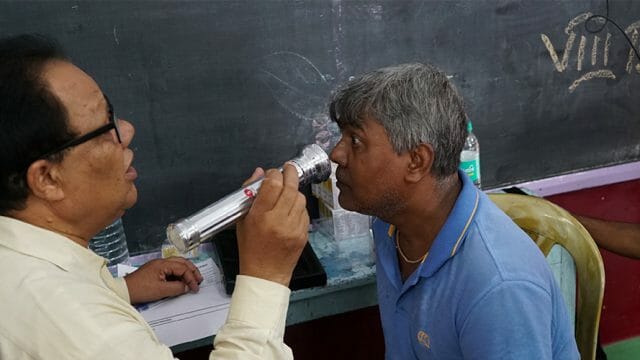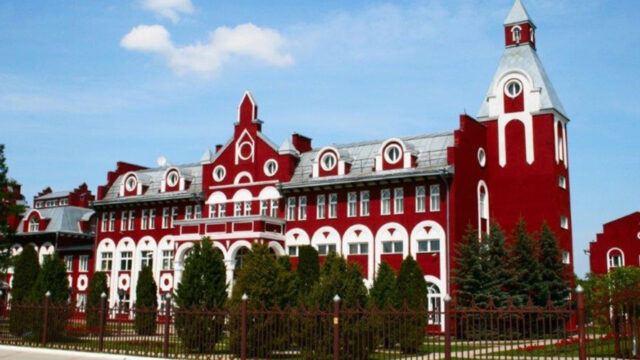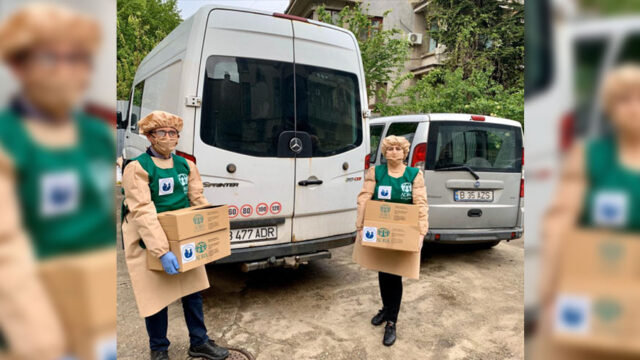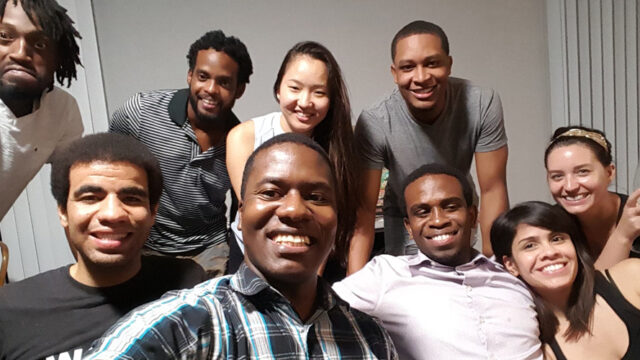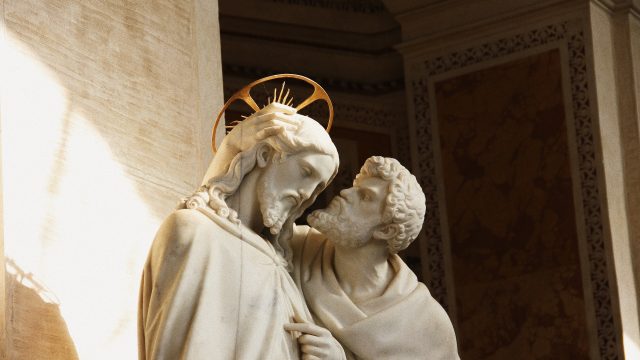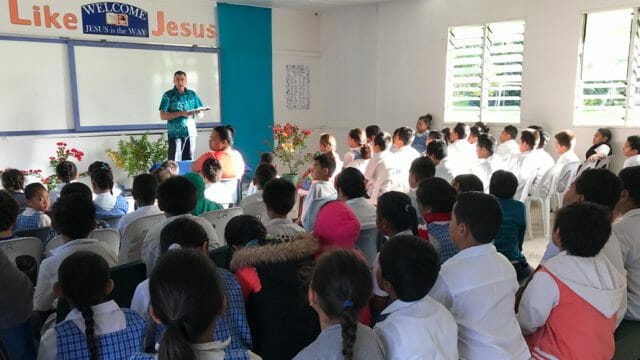How a local U.S. congregation reimagined its role in the community.
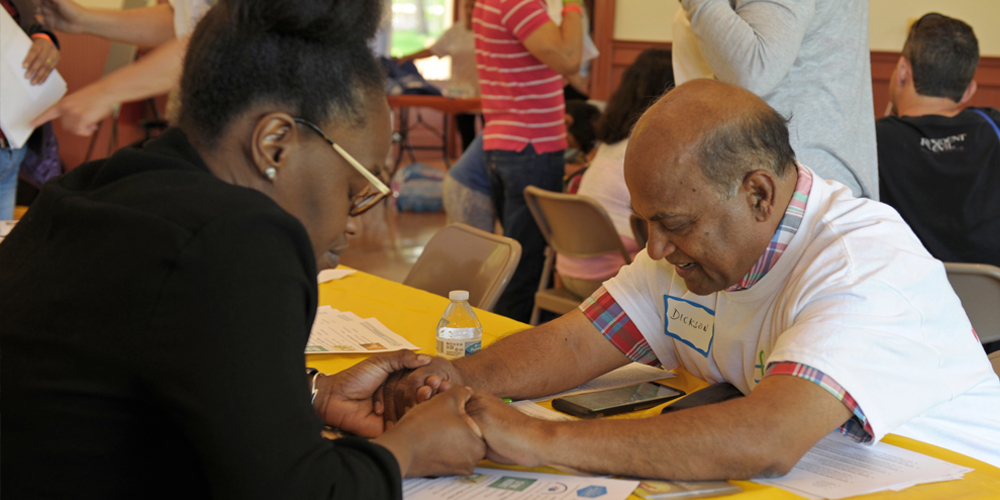
When Gabriel Bardan joined a local clergy meeting and introduced himself as the pastor of the Elgin Seventh-day Adventist Church in Illinois, United States, the chairman of the meeting, a mainline Protestant pastor, looked at him and asked, “Where have you been until now?”
Bardan acknowledges, “Indeed we had been disconnected from the community for a long time. Now, our goal is to become a community hub!”
This renewed push for a higher profile in the community came after a brutally honest assessment in a summer 2017 church business meeting. Members of Elgin Adventist church, located 40 miles (about 65 kilometers) northwest of Chicago, concluded that a radical change was needed. Something beyond revival or a new direction, this time a rebirth of Elgin church was required. The process, called replanting, is so unusual it happens just a few dozen times each year across the North American Division. According to North American Division Evangelism Institute (NADEI) church plant expert Anthony WagenerSmith, replanting happens when “you put everything on the table, revisit the vision, and discover a whole new paradigm.”
When the Elgin church’s leadership met to analyze their resources, as well as skills and talents in the church, they noticed several factors. They have a large building that is used mostly on weekends; six acres of land that doesn’t produce any benefit; medical skills never used collectively to alleviate the suffering around them; and despite the church school closing decades ago, that section of the building was never repurposed to glorify God.
This is how the Heal Elgin Project came to life, under the leadership of Terri Dallas, the church’s outreach coordinator.
Why Replant
It wasn’t the first time Elgin church has re-planted itself.
The town of Elgin was founded in 1835, half-way along the railroad from Chicago to Galena. Soon after that, over the winter of 1856 and into the spring of 1857, John Loughborough “labored” in the area, and as wages, he received “board, a buffalo skin, and [US]$10.” A couple of Adventist pastors continued to minister in the area, and by 1898 Elder Curtis was assigned to pastor the Elgin church. Records show that in 1909 Ellen White attended the Elgin camp meeting and delivered two sermons.
When the Great Depression started in 1929, many members moved away, others died, and some lost their faith. For about 10 years, there was no Adventist presence in Elgin. The church was replanted after 1939, when a family moved into the area and started a Sabbath School in their home. The Elgin church was reorganized in 1944 with 25 members, meeting in the Masonic Temple. Later, the group bought six acres (2.4 hectares) of land and built a school and a church, dedicated in 1970 and 1971 respectively.
But by 2017, after helping to plant five churches in the past 15 years, the Elgin church group felt that it needed to replant itself.
In that summer 2017 church business meeting, the group unanimously voted to “start a process leading to the rebirth of the church, by authorizing Pastor Bardan to create and facilitate a visioning team.”
The spiritual foundation of the team had to be established first. Four months were dedicated to daily prayer and study of the gospel, plus a two-hour meeting each Saturday night just for praying and sharing testimonies. Then, throughout 2018, the focus was on learning the skills of relational evangelism, leading small groups and relational Bible studies. Members started contacting friends, neighbors, and coworkers. The team was experiencing a revival, and others noticed it. By the time the vision-framing process began, the congregation already saw people with different eyes, from heaven’s perspective, church leaders said, which was a tremendous help in defining the vision.
Bardan explained that they followed the vision-framing process designed by Auxano, a church consulting organization. The second leg of the process was the breakthrough moment for the whole team. After an in-depth analysis of the needs in their territory, the talent and resources in the church, and the passions of the leaders, they established the unique identity of the church and determined the direction of God’s preferred future. The ministry concept reads as follows: “We honor God and make disciples in the greater Elgin area by becoming a healing community of faith, by operating a Recovery Center, and training those who are restored in the image of God to become agents of healing.”
That statement brought tremendous clarity to the process. Keywords such as “brokenness,” “restoring,” and “healing” were popping up naturally in their conversations. The next steps were easy to make. The local mission statement was “to restore the image of God in a world of brokenness, one life at a time.” The values, measures of success, and five-step strategy were defined with clarity.
Heal Elgin Project
The first step was a dental and vision clinic, which was organized in a hurry — about two months before the June 2018 event. The organization called AMEN clinics provided the equipment, training, and management. They used the church building to set up on Friday and run the clinic on Sunday. Local dentists and ophthalmologists were contacted beforehand, and the group tapped into their network of colleagues and volunteers. A partnership between three churches in the district and local organizations resulted in registering 101 volunteers before the weekend, most of them from the community. The clinic’s tagline was, “We love to see you smile!”
Marketing was a gift from God, church leaders said. Because the clinic would operate on the same weekend as the Love Elgin Day, a seven-campus Christian community service event, they distributed the invitations for the church’s clinic at that time. “It rained very hard that Sunday, but inside, dental patients were smiling, and volunteers were happy even after 12 hours of work, looking forward to the next year’s clinic,” Bardan said.
The second Heal Elgin Clinic was on June 2, 2019. The church building, as well as the parking lot, would be limiting factors. “The Lord opened a door and the Lords Park Pavilion, a beautiful mansion close to the church, was offered by the city for a very reasonable price,” Bardan said. They were allowed to set up on Friday for free.
This time the clinic matured into a well-organized event. The HealElgin.org website was the main hub of information. Volunteers came from surrounding areas, some from as far as Missouri. Chicago Tribune, the newspaper with the largest circulation in the Chicago area, published an article on the clinic. The second-largest newspaper, Northwestern Herald, also published a story. Chicago Dental Association awarded a US$5,000 grant. Illinois State Dental Association gave another grant of US$5,000. More local businesses also helped. The mayor of Elgin came out on a Sunday morning at 6:30 a.m. to congratulate the 125 volunteers.
Additional services were offered, such as a community closet from a sister church, hairstylists, and an immigration lawyer. Lifestyle and Spiritual Counseling representatives and trained church leaders talked and prayed with dozens of patients. Many of the patients registered for follow-up classes, such as depression recovery and nutrition.
The Future
Heal Elgin Clinic was the first building block of the Recovery Center plan. A depression and anxiety recovery program was the second component. Nutrition and cooking class are the next piece of the plan. The church group plans to run these programs multiple times each year. Addiction recovery is slated to be added by mid-2020. Eventually, the goal is to establish a community center of influence, according to Terri Dallas, the outreach coordinator. She said that she would like to name it Wellspring Center for Recovery and Education, with the goal of bringing eternal healing to a broken world.
What’s next? Right now, the Recovery Center moves beyond the boundaries of the district, and another significant component scheduled is training. A community garden is planned for the spring, and the church’s leadership is working on a church re-plant model that, leaders believe, can easily be replicated in any part of the country.
The original version of this story was posted on the Lake Union Heraldnews site.


